How-To Optimize Learning At Home
17 Little Known Ways to Optimize Learning at Home
What follows is a recommended post for my parents who jump into my online lesson program The Feedback Lab.
I’ve done a tremendous amount of research and study into the science of successful learning over the last two years, and wanted to share 17 quick down-and-dirty tips with you.
As many of you parents know, the work involved to progress a swing DOES NOT stop after the local or online lesson is over. Many times, it’s the parent and hitter that bares more of a burden, than I do as the teacher.
So that being said, I hope this list helps. There are also recommended book resources peppered throughout, so…
Enjoy!
Guiding the Rider, Motivating the Elephant, and Shaping the Path
There are three important ingredients to have success in The Feedback Lab:
- Goals,
- Steps, and
- Reps.
“Goals” are relatively simple to uncover with young athletes using the “So What” Method.
Ask your hitter what they want to accomplish at the plate, and respond to them with “So What”. Keep responding that way until you’ve reached the root of their motivation.
“The Steps” are very important and require a certain sequence. Like dialing a phone number in the old days…if you dialed a friend’s digits, but were one number off, you wouldn’t reach them. Much like email addresses nowadays.
We base “The Steps” in our pattern on human movement rules that are validated by science. Neuro Linguistic Programming calls this modeling. The NLP, according to Wikipedia:
“Its creators, Richard Bandler and John Grinder, claim a connection between the neurological processes (“neuro”), language (“linguistic”) and behavioral patterns learned through experience (“programming”) and that these can be changed to achieve specific goals in life.”
For a quite a few of my hitting students (and parents), “The Reps” are the hard part. Which leads me to the following analogy…
The Directing the Rider, Motivating the Elephant, and Shaping the Path analogy I borrowed from: Switch: How To Change Things When Change Is Hard, by Dan & Chip Heath. The metaphor helps with “The Reps”.
Here’s the context:
- Guiding the Rider (Neo-Cortex): the part of our brain that is responsible for analytics and logic. Information has to make sense, and be presented in a way that’s comprehensible to learners. I often refer to this as ‘sticky’ coaching. This can also be “The Goal”.
- Motivating the Elephant (Limbic System): emotional part of our brain. I often describe this by asking the question, “How would you eat an elephant?” One piece at a time. As John Wooden says, “Seek small improvement, one day at a time…don’t seek the big improvements.” If we overwhelm the Elephant with too much ‘stuff’, then de-motivation ensues, and as a result, limited action will be taken.
- Shaping the Path: the actual roadmap of where to go. We could have the Rider and Elephant onboard, but if neither knows how to get to their destination, then they’re both stuck. This is “The Steps” part of the equation above.
You see, without one of these puzzle pieces, the remaining two don’t have a chance.
Optimize Learning at Home: 17-Point Checklist
The Science Of Sticky Coaching book goes into more depth on the following points. I’ve scraped the most relative 16 tips for our purposes in The Feedback Lab:
- Focus on Developing Better Movements. Don’t focus on outcomes/results at first. For instance, focus on “showing the numbers to the pitcher”, versus how much of a fiery hole the hitter can punch through the batting cage net. Later, we’ll use ball flight outcomes to reverse engineer where the hitter is being ineffective with their mechanics.
- DOWNLOAD the Weekly Accountability Worksheet. This is for tracking the training and results. Also keeps the hitter accountable because it requires the parent or coach to sign off on training. CLICK to Download the Excel Spreadsheet Version – for those looking to fill in online, save to their computer, and send back to the instructor via email. CLICK to Download the PDF Version – for those looking to print out, write on, and either scan or take a camera-phone snapshot and email to the instructor.
- RAMP Warmup Before Training. R.A.M.P. stands for Range of Motion, Activation, and Movement Preparation. I have my hitters take 7-10 mins at the beginning of our session to do this exact same warm up.
- Stress Discipline (to build Self-Discipline). Again, I refer back to the Rider, Elephant, and Path metaphor from above. According to The Talent Code: Greatness Isn’t Born. It’s Grown. Here’s How. by author Daniel Coyle, self-discipline is twice as accurate at predicting high GPA scores than IQ is. The more self-discipline, the better the student, and better the athlete can be. Self-discipline starts with discipline. Making their bed as soon as the feet hit the ground in the morning, cleaning up after themselves, doing chores around the house, reading a book before bed, etc. One of my parents creates and laminates a checklist, their kids have to get signed off (by the parent) for doing things mentioned above.
- “How Did that Feel?” Get your hitters to be aware of their body positioning with each movement they perform. They need to know how it felt to do it wrong. And they need to know what it felt like to do it right. Check in every five swings or so. Or else they won’t learn to do this on there own. Keep feedback to a minimum. CLICK HERE for a post I did on “Giving Feedback to Hitters”.
- The ‘Right Way’ Sandwich. According to John Wooden, for his players, he’d modeled the right way to do it, then the wrong way, then the right way again. The advantage of the Reptilian (primitive-automatic) part of our brain is it does really well with pictures. In other words, copying another person’s movements.
- Being Constructive with Criticism. In Tony LaRussa’s book One Last Strike
, he talks about the “Pat & Pop”. You offer the ‘pat on the back’ of what the hitter is doing great, then offer up the ‘pop in the face’ of what they will be working on. Works great with my local and online lessons!
- No Hyper-Parenting ALLOWED. Also known as “Helicopter Parenting”. It stunts learning, according to John Medina in his book, Brain Rules For Baby: How-To Raise a Smarter and Happy Child from Zero to Five. It can hurt a kid in three ways: 1) Extreme expectations stunt higher-level thinking, 2) Pressure can extinguish curiosity, and 3) Continual anger or disappointment becomes toxic stress.
- Perfecting the Fine Art of Empathy. Just like Steven Covey says from his book The 7 Habits Of Highly Successful People, “Seek first to understand, then to be understood”. John Medina in his book Brain Rules for Baby, said you can use this while interacting with your hitter in these two steps: 1) Describe what emotional changes you think you see, and 2) Make a guess as to where those emotional changes came from.
- Praise for Effort. NOT praise for intellect. Good praise: “You must have worked really hard!” Bad praise: “You must be really smart” or saying “Good job”. I could give you studies and go on and on about why you should be praising for effort, but I’d urge you to read this article titled, “5 Reasons to Stop Saying “Good Job!” It’s shocking actually, how two words can turn off the motivation to be self-disciplined and self-reliant.
- Model a Favorite Player. Every hitter needs to experiment and tinker with their swing after a favorite player’s. Ideal ones include: Hank Aaron, David Wright, Jose Bautista, Robinson Cano, Andrew McCutchen, Chris Davis, and Miguel Cabrera. Have them get FatHeads of these guys, and put them all over their bedroom walls. The deepest darkest corner of our brain responds to and remembers pictures very well!
- Speed & Tempo. According to Daniel Coyle in his book The Talent Code, “It’s not how fast you can do it, but how slow you can do it correctly.” Make the hitter slow the movement down if they can’t execute it at game speeds. Speed and tempo play an important role in the learning process.
- Struggling isn’t an Option. It’s a Biological Requirement. Daniel Coyle said this in The Talent Code. If a young hitter isn’t wrestling enough with a specific movement, then they never engage in the deeper learning process necessary for skill mastery. It’s okay to be frustrated. When you sense your hitter getting frustrated, take a break, and come back to it when they’ve cooled off. Coyle adds these three things: 1) Fire the circuit, 2) Attend to mistakes, then 3) Fire it again. The brain and body only learn by DOING!!
- Data Collection. To transfer practice to game repetitions, the hitter has to see a lot of LIVE pitching. Meaning, it must see a flesh and blood human throwing to them. NO wheel machines! Timing is everything. Have the hitter passively (and safely) sit in on pitchers’ bullpens. No swinging, just Floating and Falling to the Fight Position.
- How Many Reps Per Day? I stopped using how many reps with my students because it tends to overwhelm the Elephant. So I use time now. I tell my Little Leaguers to start off with five minutes a day, with perfect reps. Then as they get consistent with their work, we up the ante. Set an alarm, and when it sounds, the player is done! They should be doing their drills everyday.
- Focus. Consistency. Fun. Remember, one movement focus at a time until you begin to see them be more proficient at repeating the movement, then add another mechanical layer. Keep it simple (elephant)…and most importantly, stay consistent with the work, everyday (Rider). To make it fun…one of my parents shared a point system they use at home for productive and unproductive tasks (elephant) with their kids. Productive tasks includes: doing homework, reading a book, or doing their prescribed hitting drill. Unproductive tasks includes: video games, watching television, or eating McDonalds. The key is to reward productivity with a fraction of unproductive behavior.
- Swing Progressions. Dry run swings, utilizing slower tempos until the body can catch up to the brain. I drill this usually in front of a mirror. Then graduate to hitting off the tee, slow down or break apart the swing if necessary until hitter gets more fluent with the new movement. Once we get about 60-70% consistent with the new movement, then progress to a moving ball, both soft toss, LIVE front toss, and/or batting practice. Then regress if their mechanics “meltdown”.
If you have any points to add that piggy-back on how to optimize learning at home, please share them below…
- Fix Your Child’s Fear of the Ball Fast: Proven Hitting Drills to Stop Flinching at Pitches—Trusted by Top Youth Baseball Coaches - July 12, 2025
- Fix Your Little Leaguer’s Hitting Slump Fast – Proven Confidence Drills & Mental Reset Tools (Used by Top Youth Baseball Coaches) - July 9, 2025
- Best Hitting Drills for 8-Year-Olds (2025): Fix Swing Flaws Fast with This MLB-Trusted Youth Baseball System—At-Home, Step-by-Step, and Built for Game-Day Confidence - July 5, 2025

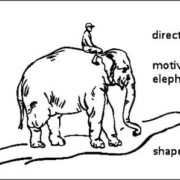
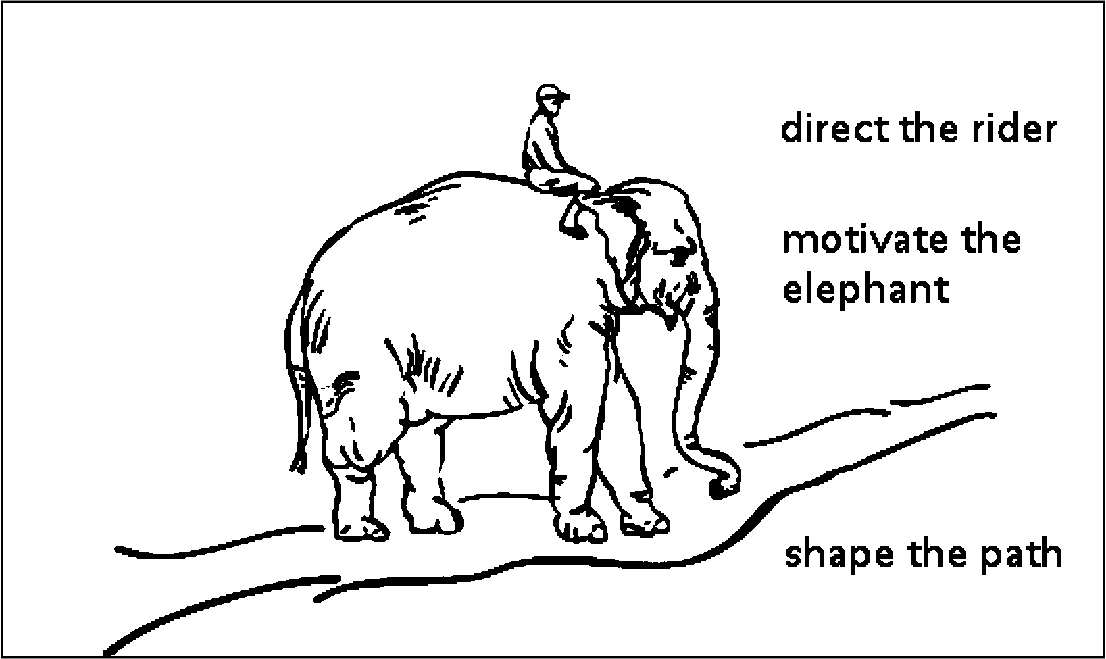

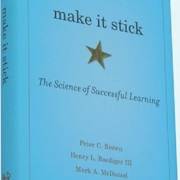
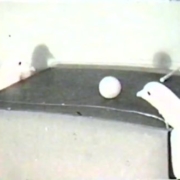


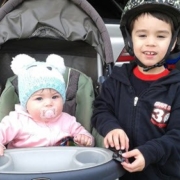




Leave a Reply
Want to join the discussion?Feel free to contribute!